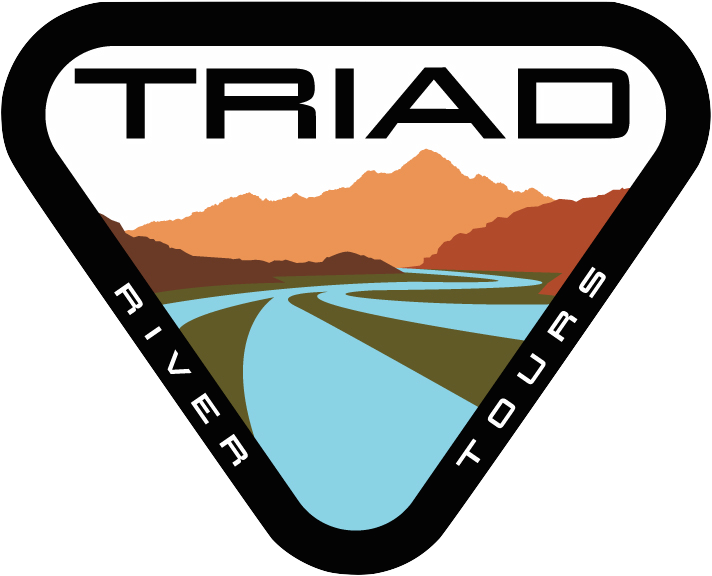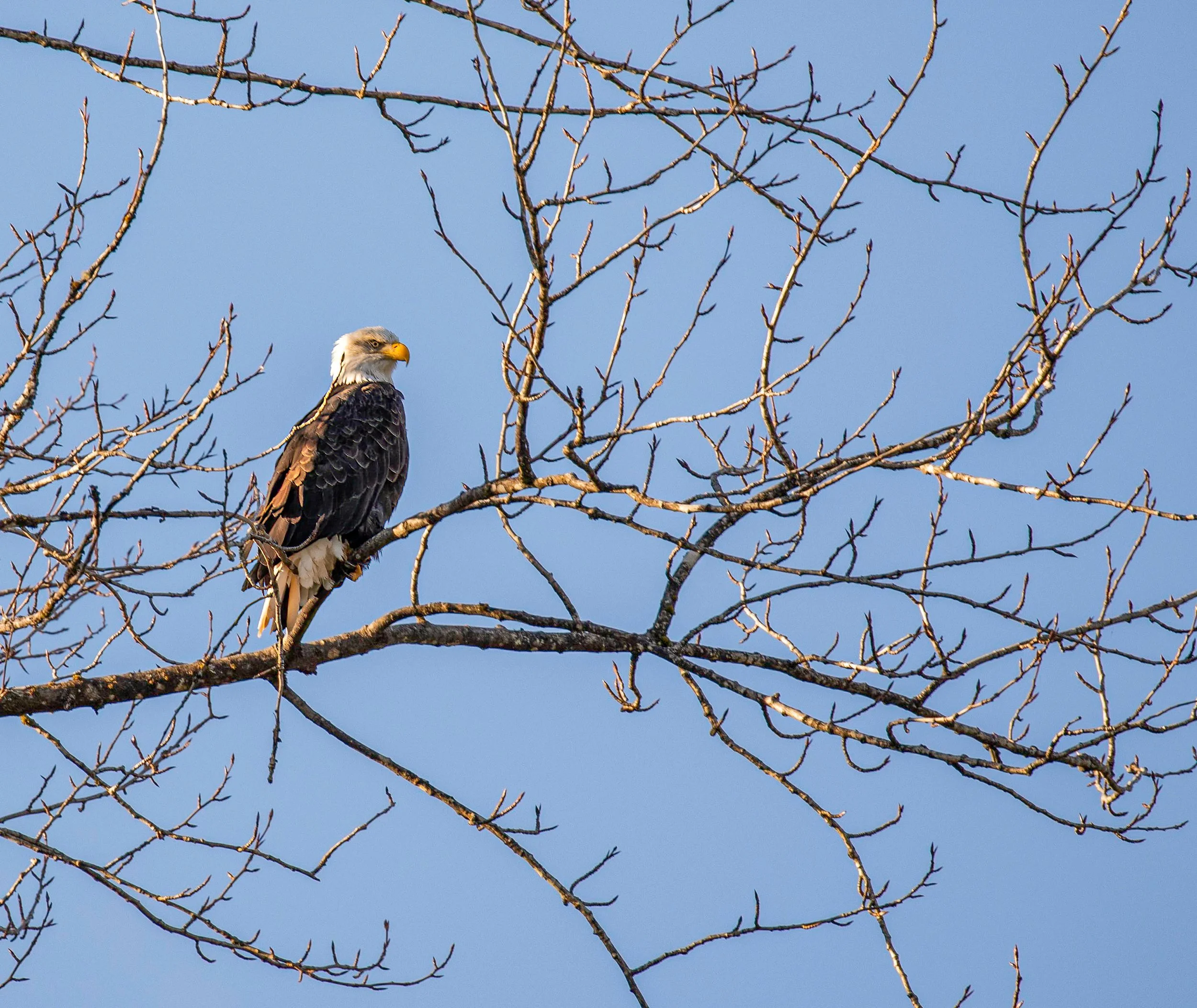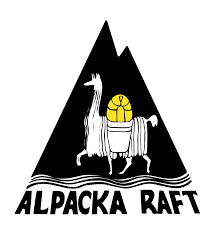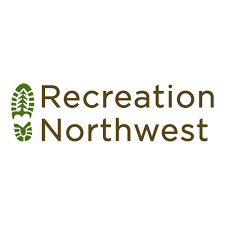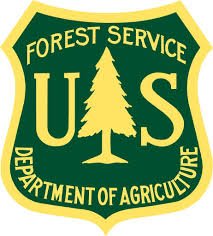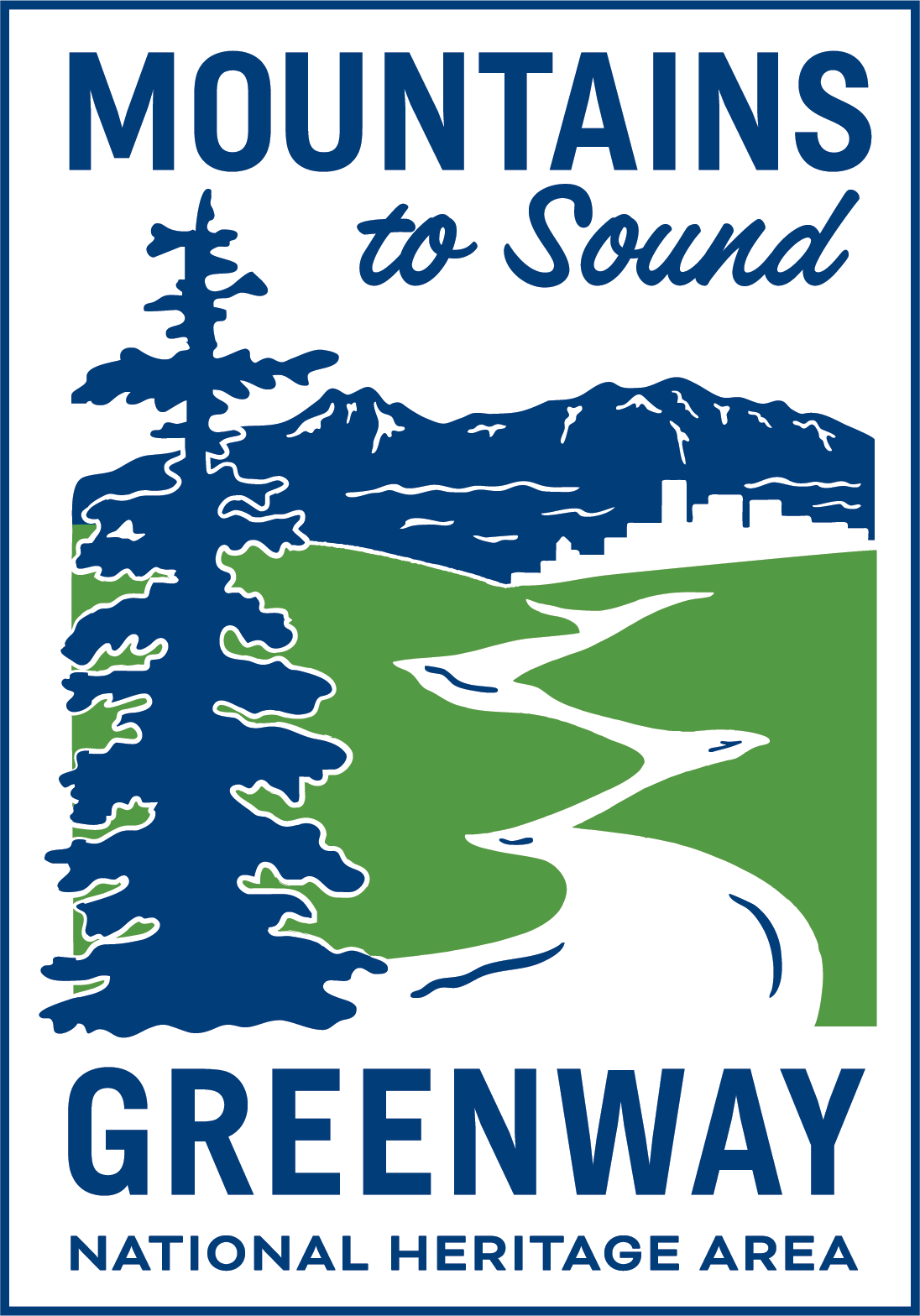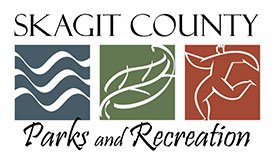One of the hidden wonders of Washington state takes place just a few hours outside of Seattle. Every year, from late fall through winter, the North Cascades become a haven for bald eagles seeking food and warmer climates. With rivers packed full of salmon and moderate temperatures, the Skagit river in particular becomes crowded with hundreds of eagles.
As salmon make their way upstream to spawn, eagles follow. The eagles play a crucial role in maintaining the delicate ecosystem that is the Skagit River Valley. They prevent salmon overpopulation by arriving at the Skagit in large numbers and using the river as their hunting grounds. This interaction helps not only the Skagit, but the entire aquatic ecosystem.
Along with its impact on the ecosystem, the migration also has a large impact on tourism for this area of Washington. Many people will make the drive from all over the state, some even planning trips from around the country, to witness eagles in these large numbers. There are a few different ways for you to view the migration first hand:
Going for a hike or finding a viewpoint near the Skagit River. You can opt for a hike near the river and will likely see some of the birds. If you head towards Marblemount, WA you will likely see some of the eagles in that area. Be sure that you are viewing from public lands and not trespassing on private property in these areas.
Go on a guided drift boat tour. https://www.skagiteagles.com/, owned and operated by Triad, offers a few different options if you want to get a closer look at the eagles and potentially see them while they are hunting. Plus, there are heated tours available!
Please remember, while it may be easy to get caught up in the beauty of the eagle migration, it is important to prioritize conservation and maintain respect for these birds and their habitat. If you are going out on your own to view the birds, maintain a reasonable distance and do your best to not disrupt the banks of the river or the surrounding habitat. If you are going on a guided tour, listen to your guide and follow their procedures to ensure that you are leaving the river better than how you found it.
